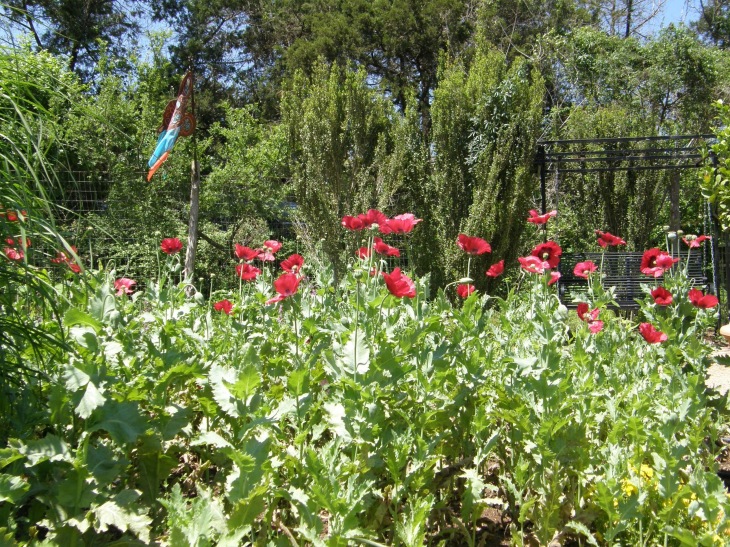I stumbled upon this odd looking plant while the hound and I were running at the edge of the woods near a bayou. They usually grow in recently disturbed ground. Someone had kindly mowed a path through the grass and these were about a foot in from the path
Attracts birds who find the seeds tasty. Can be toxic to cattle. Host plant for Goatweed Leafwing
Annual, Native
Male flowers near top, female flowers lower down
Blooms June-Oct
height 8″-36″, usually tops out about 18″
Prefers lots of sun, dry soil
May cause skin irritation


















You must be logged in to post a comment.